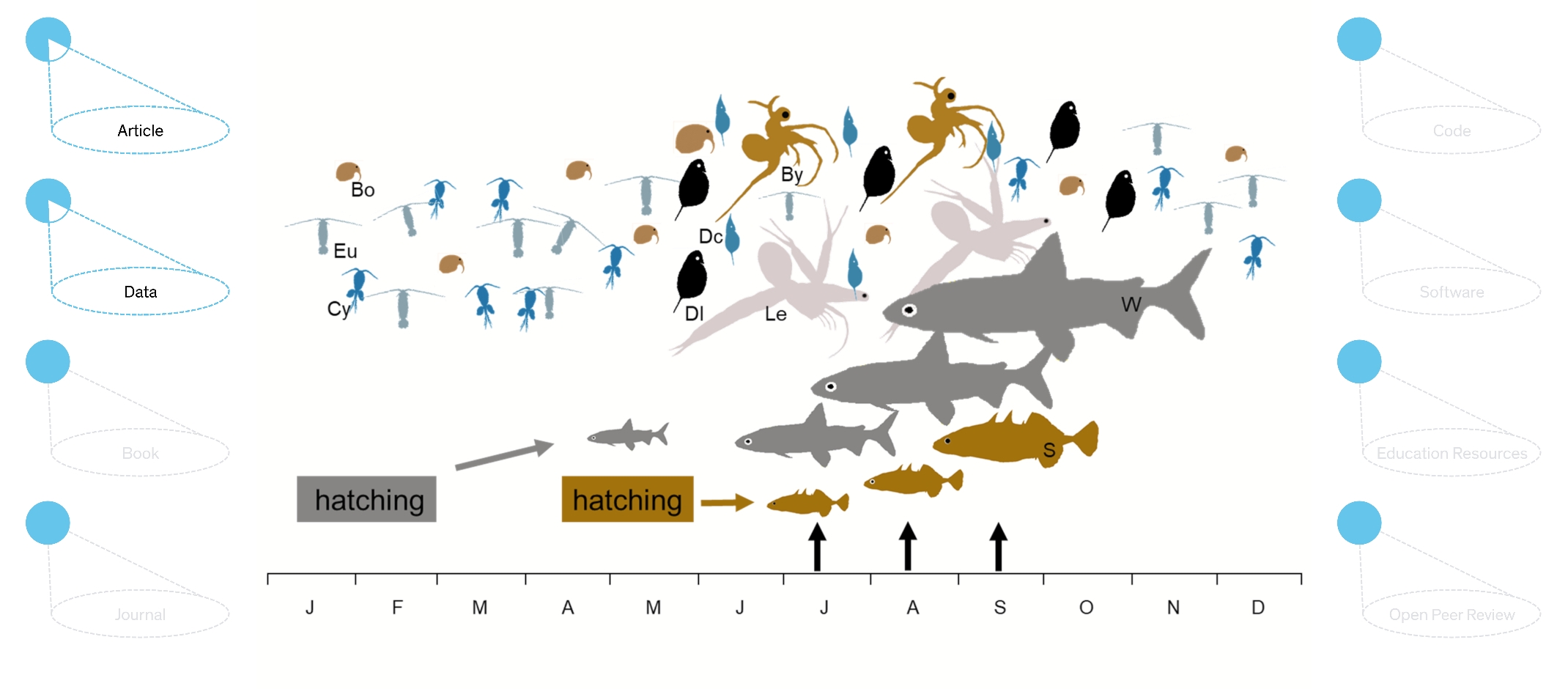Competitive advantage for invasive juvenile sticklebacks

The researchers expected that native whitefish of the same size as their stickleback peers would consume more zooplankton during their growth phase than their non-native competitors that started spreading in the open water of Lake Constance in the 2010s. However, a study involving the Konstanz Limnological Institute measured a different result:
Sticklebacks, which previously lived exclusively along the shoreline, consumed similar or even greater amounts of zooplankton than similar sized juvenile whitefish, which are specialized in consuming open water (pelagic) zooplankton. The result: the spread of sticklebacks from along the shoreline to the pelagic zone of the lake is unlikely limited by reduced food intake. The researchers say that this, in turn, puts pressure on the zooplankton population, and the expanding stickleback population thus could lead to a decline in the preferred food source of native whitefish.
The study "Can young-of-the-year invasive fish keep up with young-of-the-year native fish? A comparison of feeding rates between invasive sticklebacks and whitefish" was published open access in Ecology and Evolution (WILEY).
The research data used in the article is freely available in the KonDATA research data repository.

